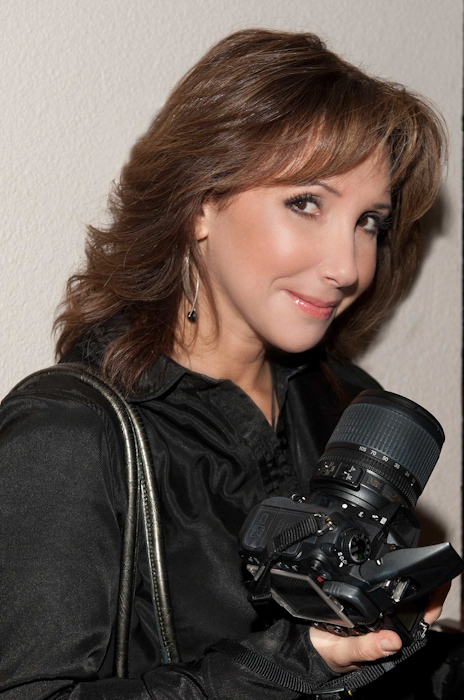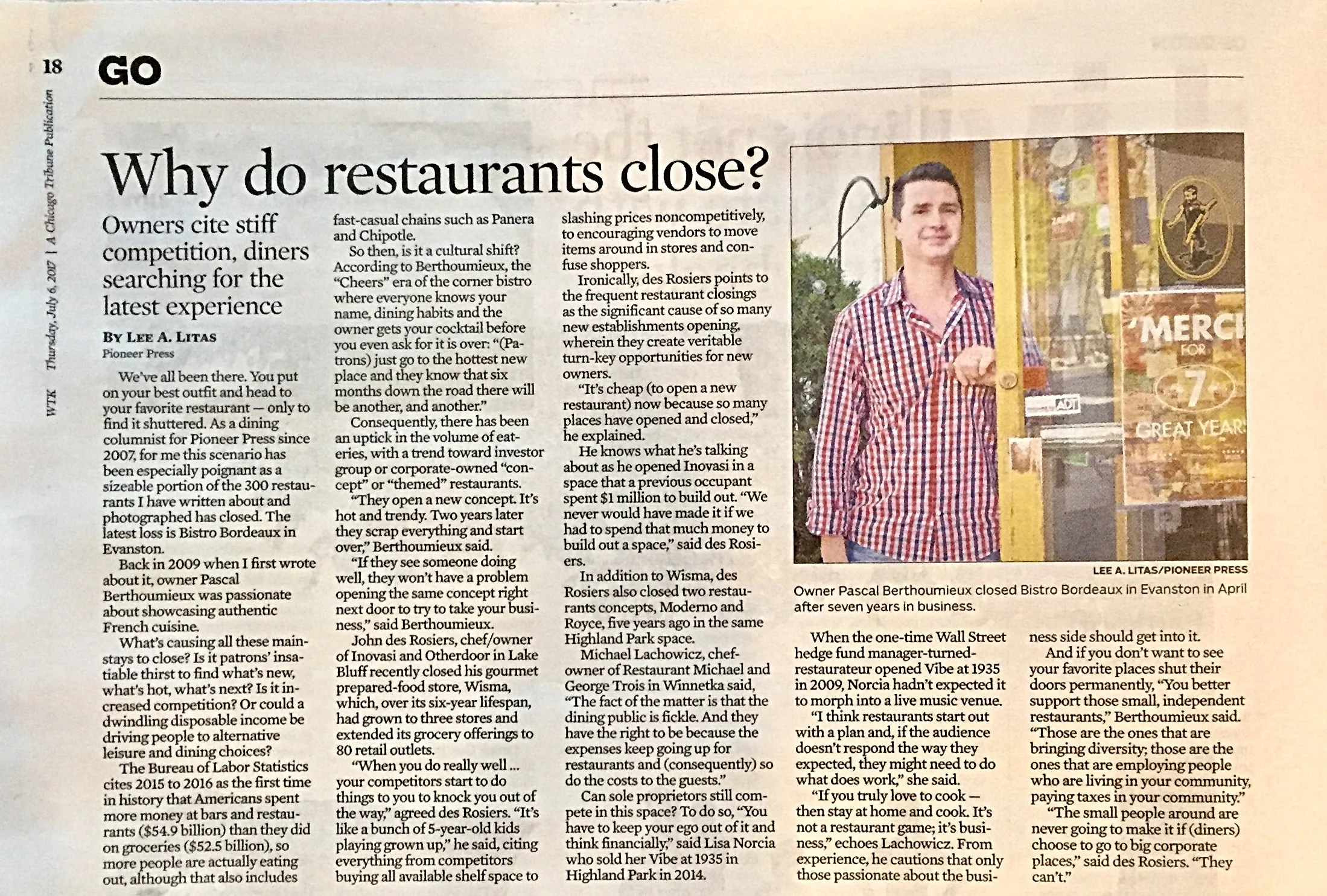PerformInk Newspaper: Indie Myth
By Lee Litas
September 11, 1998
The term ‘independent’ has been much romanticized over the last decade. Images of mavericks who defy convention and the moral majority spring to mind. They’re the 90’s hipsters who, emulating their filmmaking heroes of the past, speak for the youth of today. Their images are indelible on the brains of young, hopeful filmmakers who dream of breaking out of the film school mold, believing the message of the movie, Field of Dreams, that “If you build it, they will come.”
In reality, competition is just as stiff in the Indie realm as going the studio route, but the arena is filled with early career filmmakers, battling inexperience and low budgets. As John Cooper, Associate Director of Programming at the Sundance Film Festival points out, “Just because you make a film, does not mean it should be shown.” It’s a sentiment which is sadly reflected by review boards of festivals and other venues the world over. No Kevin Kostner-esque idealism here. Welcome to Hollywood.
To clear up the confusion once and for all, being ‘independent’ simply means completing a film outside of the traditional studio system. But the term has come to mean more than that. It’s become a paragon for how a film should be made – encompassing a director’s vision, a writer’s passion, a filmmaker’s dream. That is why filmmakers like Quentin Tarantino, David Lynch and Oliver Stone choose to work independently of studios. They want to maintain complete control of the outcome of their product.
First-time filmmakers are, therefore, not only competing against their peers, they’re competing against seasoned professionals who have been in, out and around Hollywood’s system for decades – and who, no mistake, are still considered independent.
“Independent films used to be known as ‘underground films.’ Now they are big business and the competition is stiffer than ever,” says Cooper.
Then, is the title ‘independent’ appropriate for all the different movies out there not being backed by a major studio?
“It’s a tired, worn out expression,” admits Peter Baxter, Executive Director of the Slamdance Film Festival. “In many ways I think it’s become an irrelevant description.”
But Baxter doesn’t dismiss the label completely. He suggests, “Indie” is more about how you want your film viewed, not how it’s made.
“[The term ‘Indie’] has become a satisfactory description for some of the smaller distributors and, indeed, actually now some of the bigger ones that have wanted to market their films in a certain way and to target a certain audience. In actuality,” Baxter adds, “Most of the filmmakers make their films for very little money, the majority under half a million dollars so they’re actually not independent at all. They’re totally dependent - on credit cards and money which they have found from some way or another.”
The title ‘independent’ then carries with it an inherent double entendre these days. Perhaps some independents are simply more equal than others?
Still, some previously-unknown filmmakers do break through the ostensible glass ceiling and make their presence known in this labyrinth business. What then is the secret to making it?
As one of the avenues for success, Cooper suggests that filmmakers, “Not [be] thinking about the saleability of your movie when making it. Make a film to make it.”
“Every year Sundance is swarmed with phone calls from rejected filmmakers complaining that they made their film solely for Sundance and still it didn’t get in,” Cooper says. “My answer is, ‘Well you made your film. That means that you have a certain sort of drive in you somewhere, so get out there. Yes, this means your life is going to be harder but, so what?”
When asked what tips he would have for making it post-Sundance rejection, Cooper says, “Try to sell your film to distributors yourself; take it to other festivals; or, set up a screening in LA or New York and invite every distribution person in town to it. They’ll come to see it. It’s their job.”
Slamdance was conceived in 1994 when three of its creators had their films rejected by Sundance. Undaunted, they created their own festival to offer a grassroots alternative to filmmakers which would run concurrent to Sundance in Park City, Utah. Their motto is “By Filmmaker For Filmmakers.”
“[Our] festival tries to give a leg-up to films which have not had a major showing at other festivals around the country and which do not, as yet, have distribution,” says Baxter. “We’ve stuck to our focus and we will continue to do so.”
That focus has paid off. In only four short years, Slamdance has gained its own strong following with filmmakers seeing it as a viable competitor in the festival market and not simply an alternative to Sundance. At the 1997 festival, five out of the 13 films shown at Slamdance got distribution as a direct result of being shown there exclusively.
Outside of festivals, other programs provide different kinds of venues to independent filmmakers, including independent film channels, cable and in-flight programming. Though the sheer number of these avenues make the probability of success that much greater for showcasing an Indie film, the number of new filmmakers who have also cropped up make the competition no less stiff.
Rebecca Bachman is curator of “Independents in Flight,” a cooperative project between the Independent Feature Project/North in Minneapolis and Northwest Airlines, which schedules four hours of independent films on one of six channels of Northwest’s international flights.
Bachman says that Indie filmmakers submitting their work to her program should know that they will be competing with releases from Sony Pictures Classics, Fine Line and October Films, as well as award winners from Sundance, Cannes and other major festivals. Submissions will even be viewed against the backdrop of such acclaimed programming as the recently-released Bob Dylan 1966 documentary, Don’t Look Back.
Despite the stiff competition, Bachman says, “I still book films which are not backed by studios and which do not as yet have distribution. It just depends on the subject of the film; if it fits with a theme that I am programming. Sometimes you just find some gems.”
Similarly, the Independent Film Channel (IFC) and the Sundance Channel are two avenues which bring independent films right into the homes of the audience.
In its ‘Feature Film Submission Requirements,” the IFC lists a laundry list of criteria which a film must have prior to being accepted. These include: a 15mm or 35mm format, MPAA rating, legible English subtitles (if foreign) and U.S. theatrical distribution in at lease five major US markets. On its web page, IFC states that it does accept features not previously distributed theatrically, “Provided such a feature has had significant exposure at major international film festivals: Cannes, Berlin, Sundance, Toronto, Venice and/or New York.”
In its May Web Guide, the Sundance Channel lists its mission thusly, “This month, Sundance salutes Natural Born Filmmakers, those modern day auteurs whose artistic vision was uncompromised by commercial considerations.”
So filmmakers aren’t supposed to have commercial considerations. But what of the considerations of the people who decide which films to show?
‘When we put together a program, we look for a lot of diversity in storytelling and also in the types of films,” Cooper offers about Sundance’s selection process. “If we get to the end of a [selection] program and there doesn’t seem to be any really low budget films, we re-think our system and go back to the drawing board. Likewise, if you did all independent films and there is not one film by a woman up there, you’d say ‘probably something is wrong here’ and we have to re-examine this.”
Asked if there are many up-and-coming women filmmakers, Cooper quips, “You tell me. How many do you know?” But, he adds, “There are. They’re out there. Why aren’t they making features?” Cooper goes on to say that in the Short Films category, the submission rate is 50/50 men to women. However, in the Feature Category, the percentage in nowhere near that. “People are just not putting the big money into women [filmmakers].”
When asked if a film submitted by a woman is, therefore, given special consideration at Sundance, Cooper admits that it would but, “Only for a minute.”
Conversely, on its web page, Slamdance cites that, “Last year, fewer than 20 percent of the submissions came from women, and that percentage was coincidentally reflected in the films screened at the festival. Ideally, though, we’d like to see more women represented at Slamdance. So if you’re a woman (or thinking of becoming one) we urge you to submit your film.”
Rebecca Bachman concurs. “I am an issues-oriented person myself,” she says. “I book a lot of films by women…black filmmakers, Asian filmmakers, gay filmmakers, Native American filmmakers.” In fact, ‘Independents In Flight’ puts a great emphasis on films made by Asian filmmakers and those films which have an oriental theme.
“We really want Asian material because most of the flights that Northwest Airlines flies internationally go to and from Asia,” says Bachman. While she, too, advocates that filmmakers disregard commercial considerations when making their films, she admits that as curator of ‘Independents In Flight,’ for her, “It makes sense to program [for] the demographic make-up of the passengers. I am always looking for good films that have been done by Asian-American filmmakers or filmmakers from countries like China, Korea, Japan, Thailand, India, Vietnam or Indonesia.”
When asked what final words of advice she would offer then to fledgling filmmakers wanting to break into the business, Bachman offers the following: “Because the possibilities in the market place are so limiting and filmmaking is so expensive, it comes down to these simple words: ‘Know Thy Film-making.’ Not enough people really do. Carefully plan your film and really consider whether or not you have a film which is really worth making. Not what is good for the market place but what is really worth while saying from a filmmaker’s point of view.”
Additionally, Bachman notes that to her it is critical that new filmmakers take equally good care of their finished product as they did of their actual film. “If you’re going to sell your film, you want to put your best foot forward. The films that come to me with really nice looking packages that are really well-labeled, with nice wrapping on the video and with a press kit, that’s going to catch my attention. It’s going to look like you’re a pro and that you want to deal.”
As a final word of advice from Sundance, Cooper says, “If there is anything we have compassion for it is people who try some thing and fail. A lot of times we know that a film is flawed but at least the filmmaker is really trying something. If anything, that’s maybe where people would fault us. But I don’t care. That’s still something that we will probably continue to do forever.”






